
Homemade Antibiotic Broth
A while back, I dragged myself to the doctor after five days of a fever that just wouldn’t quit. My throat felt like sandpaper, my sinuses were on fire, and I was running on fumes. I wasn’t expecting miracles… but I was hoping for something better than what you’ve probably heard, too: “Take these pills and wait.”
No one asked me what I was eating. No one cared how my body felt about swallowing five different pills in one day. Just a nod, a prescription pad, and a “this is what we give everyone.”
You’ve probably been there. You show up sick, vulnerable, hoping for real help, and all you get is a handful of synthetic meds, zero context, and maybe a pat on the back.
They tell you antibiotics are safe.
They tell you the side effects are “rare.”
They tell you this is just the way it’s done.
But what they don’t tell you? That over 100,000 people a year in the U.S. alone end up hospitalized from medication complications, and antibiotics are right there at the top of that list.
Some of those people lose their kidneys. Others damage their liver beyond repair. Some develop gut problems that haunt them for years. And a few don’t walk out of the hospital at all.
And this isn’t fringe stuff. It’s the reality that no one warns you about when you’re told to “just take the meds.”
And maybe you’re thinking, “Yeah, but what choice do I have?”
That’s exactly what they want you to believe. That there is no choice. That a bottle of pills is your only lifeline.
But it’s not. It never was.
Nature handed you everything you need to fight infection. Garlic. Ginger. Oregano. Thyme. Turmeric. Lemon. These aren’t just kitchen ingredients, they’re some of the most powerful natural antibiotics known to humankind. The kind that don’t destroy your gut, don’t overload your liver, and don’t come with a warning label in tiny print.
Your ancestors knew this. They used it all the time. Before pills, before clinics, before big pharmaceutical campaigns. And the crazy part? It actually worked.
So why doesn’t everyone know about this? Why haven’t you heard more?
Because if you knew you could protect your body, strengthen your immune system, and recover naturally, without running to the pharmacy every time, you might stop depending on them.
And that? That’s not good for business. They’re filling their pockets with your hard-earned money.
That’s why I made this broth.
Not a supplement. Not a pill. Just real ingredients. Real tradition. Real healing.
And once you taste it, and feel what it does, you’ll start wondering why you didn’t make this switch sooner.
There’s a little-known guide making the rounds that shows you exactly which plants to use for 45 of the most common (and dangerous) health problems—and what could happen if you ignore the early signs. You won’t find it at the pharmacy… but you probably should.
Here’s the link to the best addition to your bookshelf that you’ll never find in a pharmacy.
What They Don’t Want You to Know About These Plants
You’ve seen what the pills can do to your body, but here’s what real medicine looks like. No side effects. No long lists of risks. Just time-tested, science-backed plants that your body actually understands. Each one of these ingredients has been used for centuries, and now modern studies are proving what our ancestors already knew. Let’s break them down one by one:
🧄 Garlic: Nature’s Potent Antimicrobial
Garlic contains allicin, a compound known for its broad-spectrum antimicrobial properties. Studies have shown that allicin exhibits antibacterial activity against a wide range of Gram-negative and Gram-positive bacteria. Additionally, allicin has demonstrated antimicrobial activity against lung pathogenic bacteria.
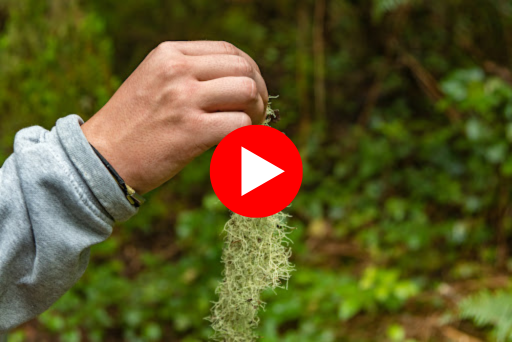 And if you’re looking for something that works like a nuclear option when it comes to infections, there’s a plant remedy I stumbled across called the Doxycycline of the Woods.
And if you’re looking for something that works like a nuclear option when it comes to infections, there’s a plant remedy I stumbled across called the Doxycycline of the Woods.
It’s not some vague “herbal supplement”—this stuff’s been used by herbalists for years to crush infections without wrecking your gut or frying your liver.
I almost couldn’t believe how simple it was… and how hard it is to find unless you know where to look.
Here’s what Nature’s Doxycycline looks like.
🧅 Onion: Rich in Quercetin
Onions are a significant source of quercetin, a flavonoid with notable antibacterial activity. Research indicates that onion extracts rich in quercetin and its derivatives can inhibit bacterial quorum sensing, a mechanism that regulates bacterial gene expression. Furthermore, onion waste has been reported to contain high content of phenolics and flavonoids, mainly quercetin, which shows high antibacterial activity
🌿 Ginger: A Natural Antimicrobial Agent
Ginger has been recognized for its antimicrobial properties. Studies have demonstrated that ginger exhibits antimicrobial activity against various bacteria, including E. coli and Salmonella typhi. Additionally, ginger has been shown to inhibit the growth of many bacteria, including Escherichia coli, Staphylococcus aureus, and Salmonella enterica
Ginger helps kill off bad bacteria—sure. But if your gut lining is already leaking, inflamed, or wiped out from meds, you’re wide open to reinfection.
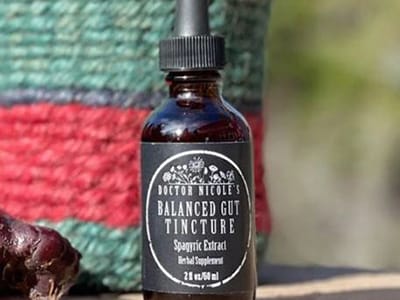 This is what no one tells you: 80% of your immune system lives in your gut.
This is what no one tells you: 80% of your immune system lives in your gut.
And when your gut’s a mess? So is everything else.
👉 Here’s the herbal blend I use to repair the damage before it gets worse.
🌶️ Chili Pepper: Capsaicin’s Antibacterial Effects
Capsaicin, the active component in chili peppers, has been studied for its antibacterial properties. Research has shown that capsaicin possesses potent antibacterial activity against a variety of Gram-negative and Gram-positive bacterial pathogens, such as Salmonella paratyphi, Escherichia coli, Staphylococcus aureus, and Streptococcus pyogenes. Additionally, capsaicin has demonstrated bactericidal activity against erythromycin-resistant, cell-invasive pharyngeal GAS isolates
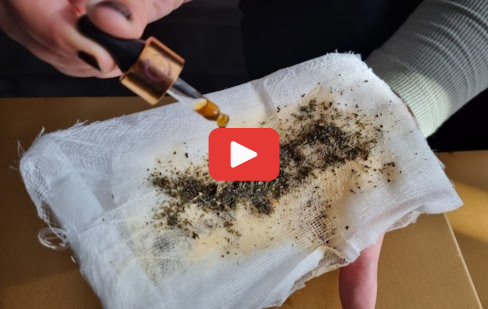 If you ever feel that fever creeping in—the kind that hijacks your energy and keeps you in bed for days—there’s a plant-based remedy you need to know about.
If you ever feel that fever creeping in—the kind that hijacks your energy and keeps you in bed for days—there’s a plant-based remedy you need to know about.
It’s called the Fever Sponge, and it’s made from humble backyard plants that help pull the heat out of your body before things spiral out of control.
I keep it in my herbal toolkit at all times—because once the fever hits, you don’t have time to start Googling.
So, click here to see how you can make the Fever Sponge at home.
🌿 Oregano: Carvacrol’s Antimicrobial Power
Oregano is rich in carvacrol, a compound with strong antimicrobial properties. Studies have shown that oregano essential oils, which consist of more than 90% carvacrol, exhibit bactericidal activity against various bacteria, including Streptococcus pyogenes . Furthermore, oregano oil has been found to effectively inactivate various pathogenic bacteria and their biofilms, irrespective of their antibiotic susceptibility
🌿 Thyme: A Natural Antibacterial Agent
Thyme contains essential oils with antimicrobial properties. Research indicates that thyme essential oil has excellent antibacterial activity against important food pathogens, including Salmonella enterica. Additionally, thyme essential oil has been shown to strongly inhibit the growth of clinical strains of bacteria
🌱 Turmeric: Curcumin’s Antibacterial Properties
Turmeric contains curcumin, a compound with broad-spectrum antibacterial properties. Studies have demonstrated that curcumin is effective against microorganisms responsible for surgical infections and implant-related bone infections . Moreover, curcumin has been shown to act against various important human pathogens, including strains of Staphylococcus, Streptococcus, and Pseudomonas
Make This Broth Before the First Symptom Hits
This isn’t just a soup. It’s a full-blown microbial nightmare. A natural remedy your ancestors would nod at approvingly. And once you try it, you’ll understand why Big Pharma would rather you never knew about it.
The recipe below isn’t just something I threw together—it’s inspired by a book packed with 250+ natural remedies that, in many cases, work better than what you’ll find behind the pharmacy counter.
Remedies that don’t come with a warning label. That don’t wreck your gut, your liver, or your sleep.
This broth? It’s just the beginning. 👉Get the full collection of remedies here.
🛒 Ingredients (Makes ~2 Liters):
- 6–10 garlic cloves (crushed and rested for 10 minutes)
- 1–2 large onions (chopped)
- 2–4 inches fresh ginger (sliced thin)
- 1 whole hot chili pepper or 1 tsp chili flakes
- 1–2 tablespoons dried oregano
- 1 tablespoon dried thyme
- 1 teaspoon turmeric powder
- ¼ teaspoon freshly ground black pepper
- 1 tablespoon sea salt
- Juice of 1 fresh lemon (added at the end)
🥄 Step-by-Step
Step 1:
Crush your garlic first and let it rest for 10 minutes to activate the allicin.
Yes, it makes your fingers stink. That’s the smell of bacteria weeping.
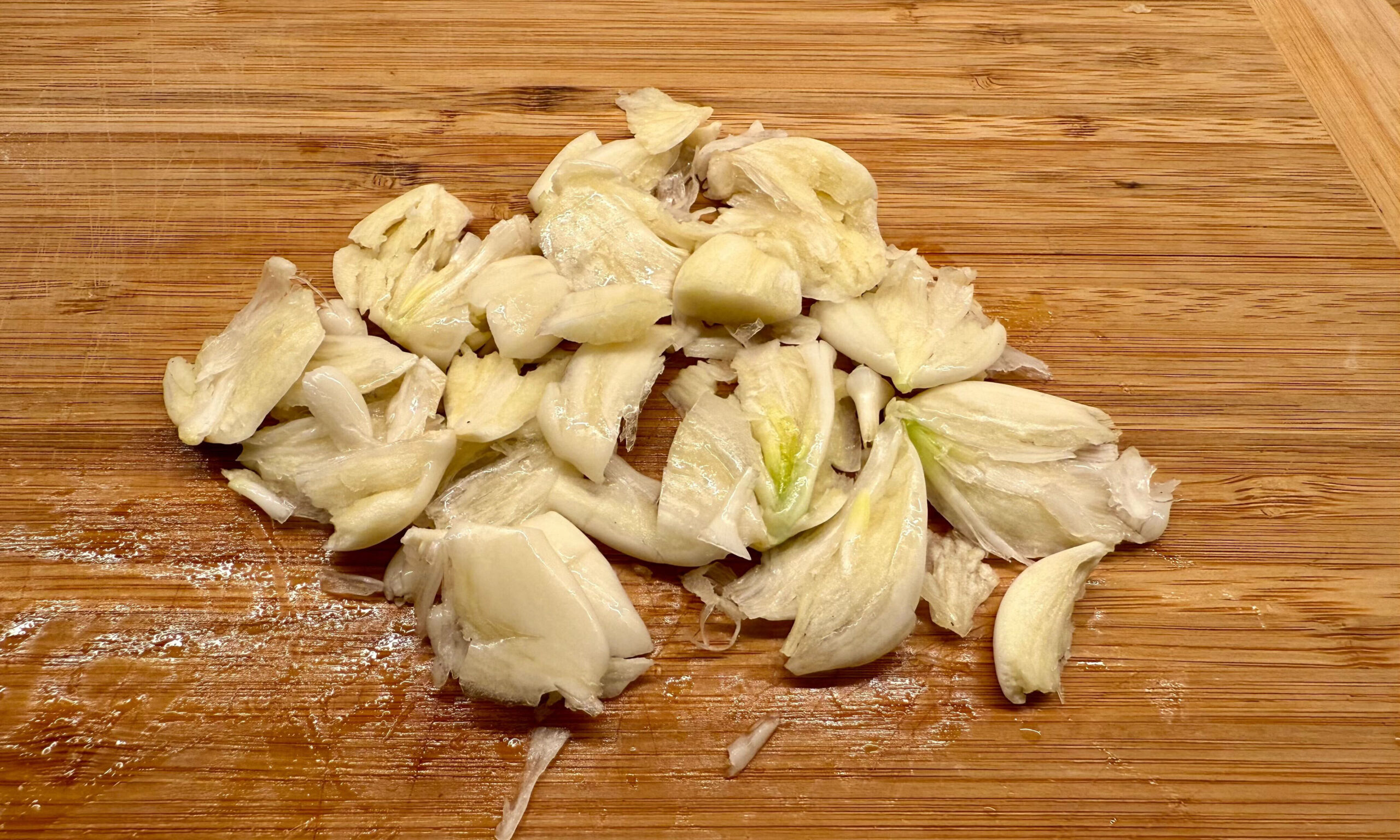
Step 2:
Chop the onions and slice the ginger.
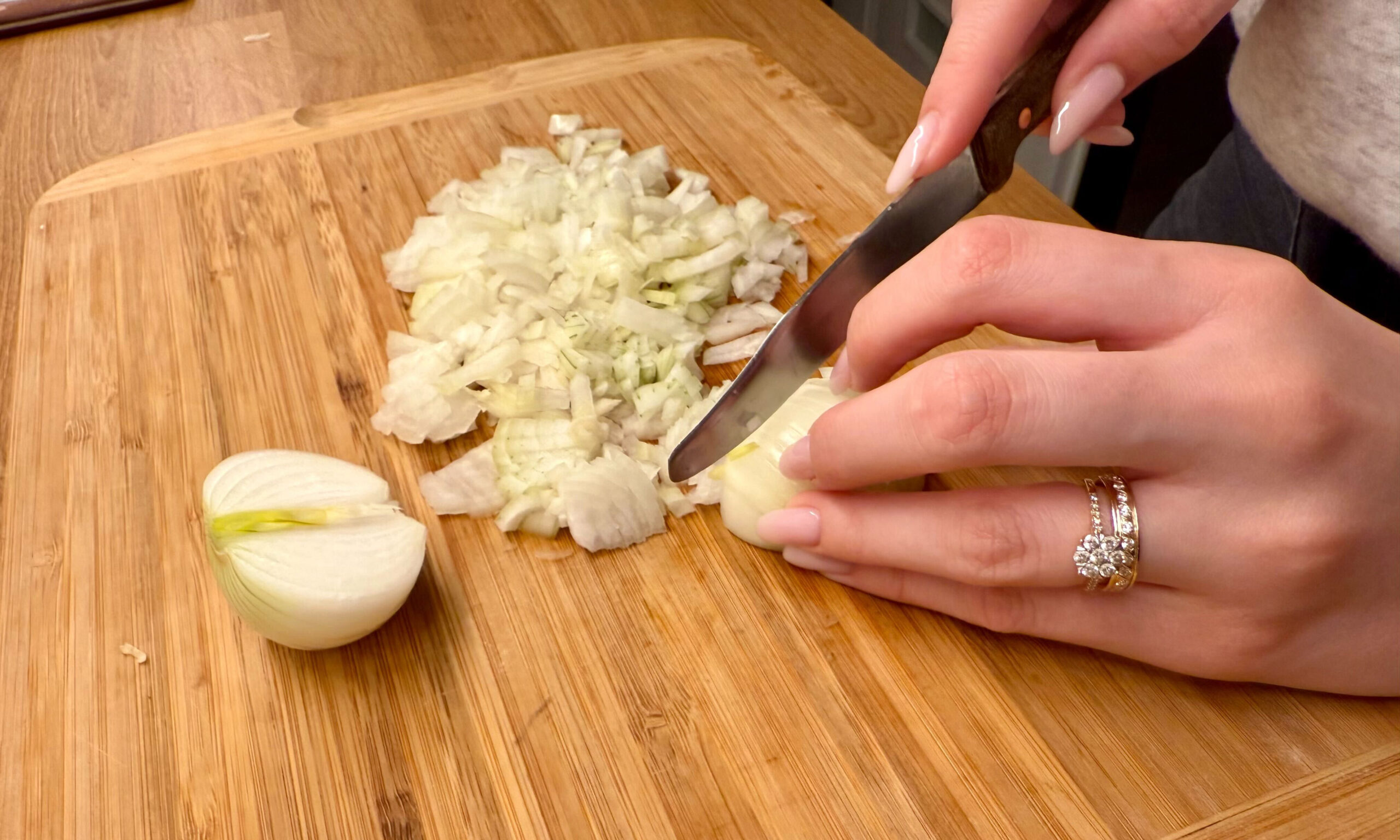
Step 3:
In a large pot, sauté your onions, garlic, and ginger in a splash of oil until fragrant and golden. That’s the base layer of your defense.
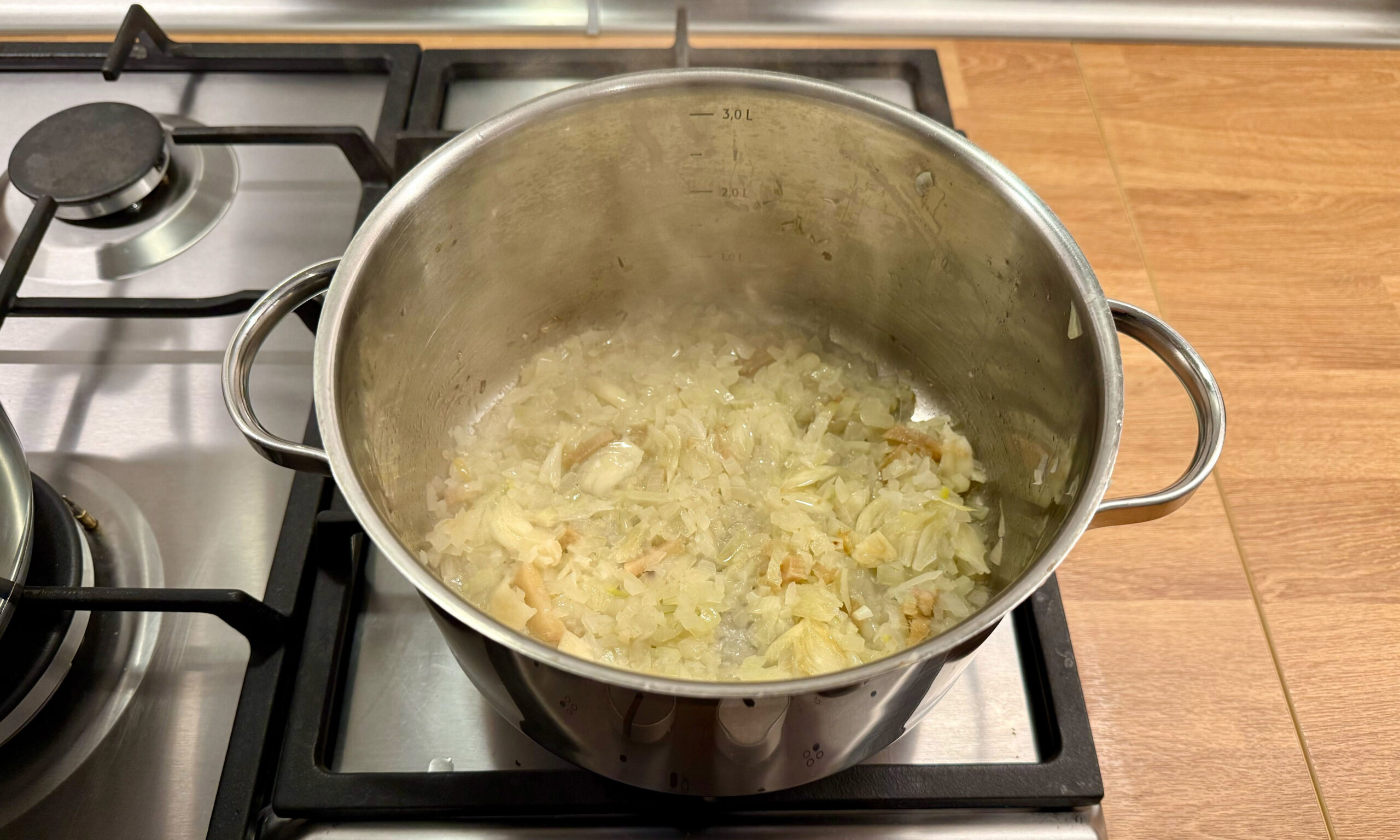
Step 4:
Pour in about 2 liters (8 cups) of filtered water. Add chili, turmeric, black pepper, sea salt, oregano, thyme, mushrooms (if using), and any of the optional reinforcements.
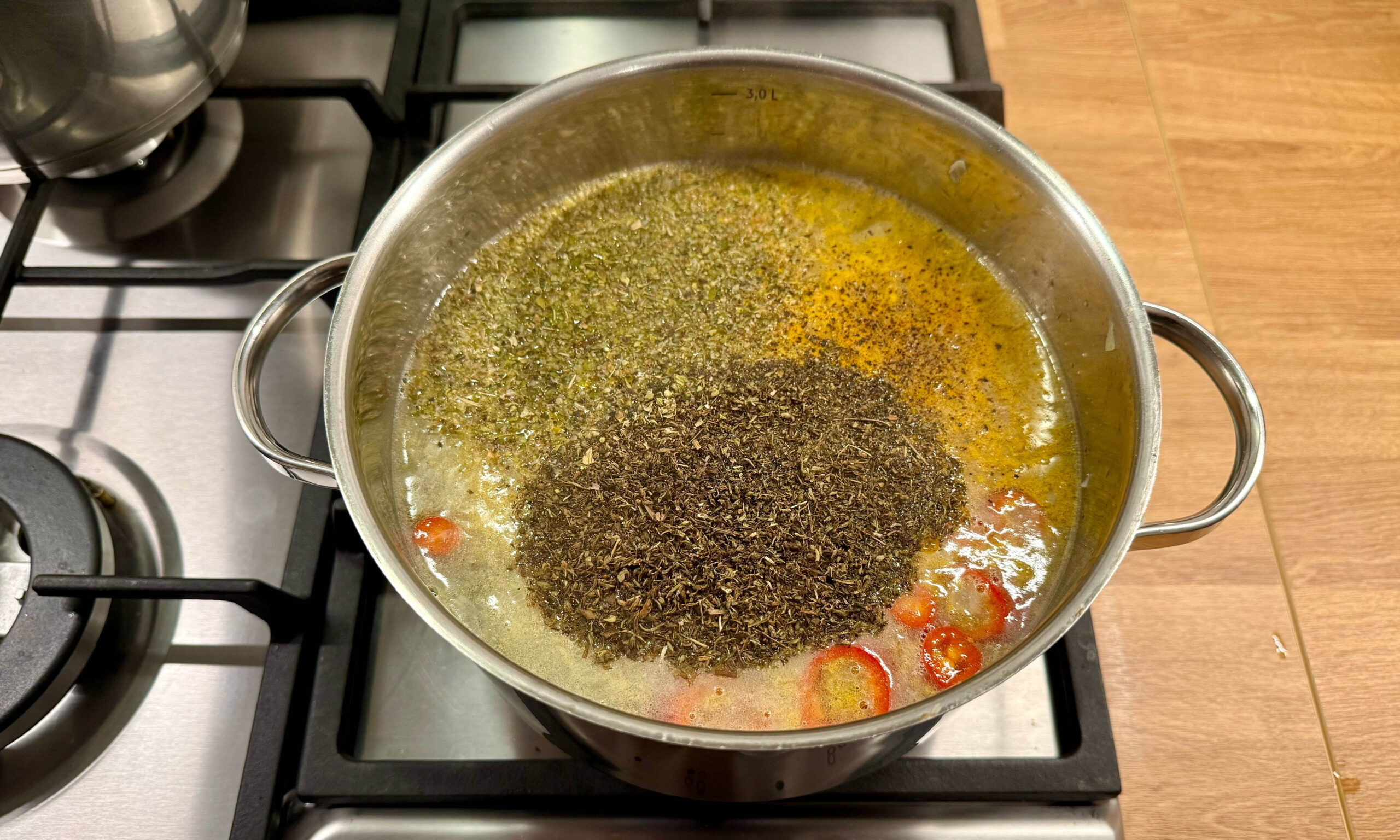
Step 5:
Bring it to a boil, then lower to a gentle simmer. Let it bubble away for 45–60 minutes. This is where the magic happens—where your kitchen becomes a war zone against pathogens.
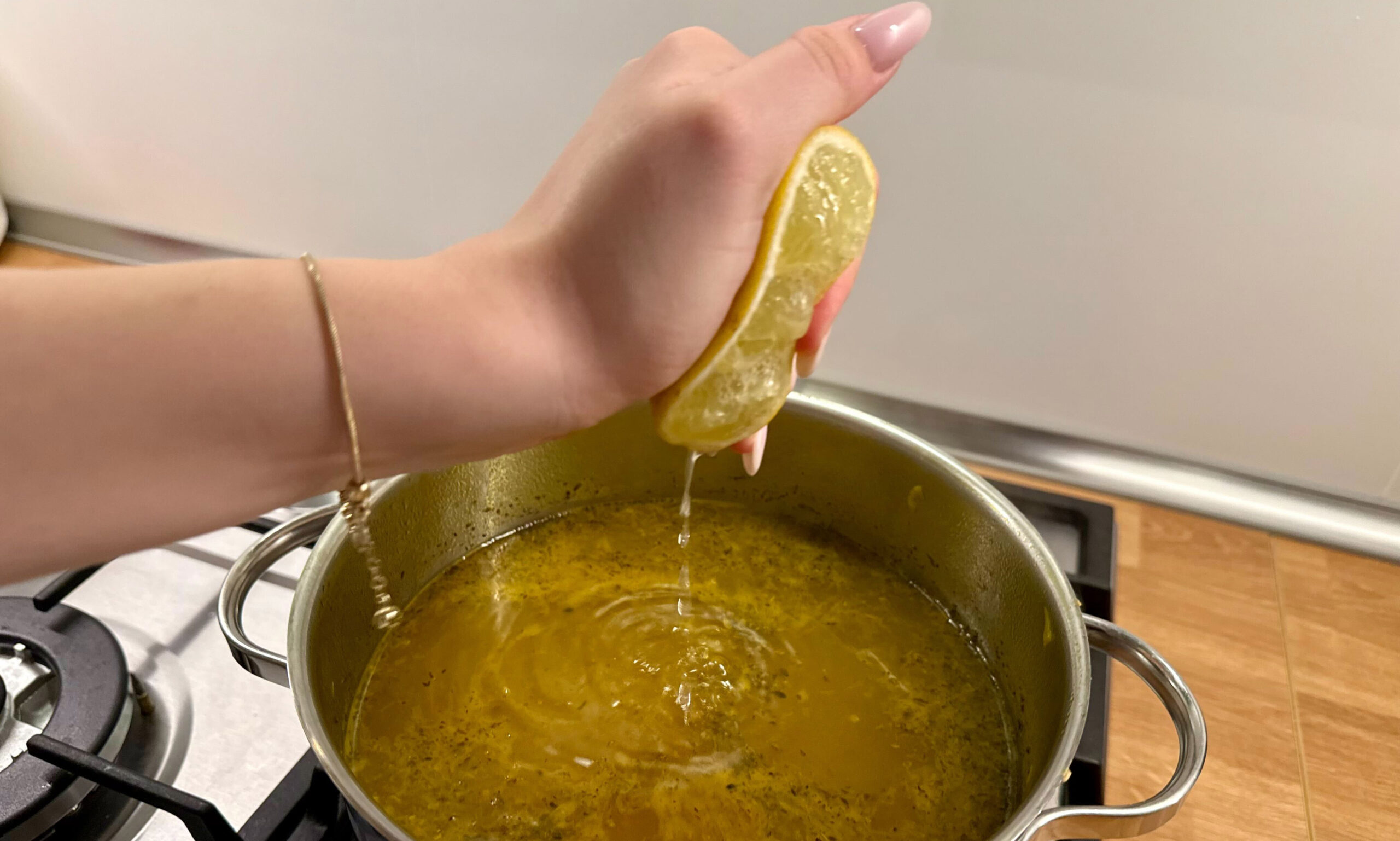
Step 6:
Strain out the solids. Stir in the fresh lemon juice at the end to preserve its vitamin C and alkalizing properties.
Suggested Use: Begin with a small amount (e.g., 1/4 to 1/2 cup) to assess your body’s response. If well-tolerated, you may gradually increase the intake. If you’re allergic to any of the ingredients in this broth, don’t use them. Just skip or substitute where needed.
And if you’re sensitive to spicy foods, especially chili pepper, it’s best to leave it out or use a much smaller amount.
This recipe is powerful, but only when your body agrees with it.
⚠️ The Natural Remedies Big Pharma Hopes You Never Find
If you made it this far, you already know: what’s sold in pharmacies isn’t always the safest… or even the most effective.
But what if your kitchen, your garden, or your backyard held the answers?
Inside this guide, you’ll find 250+ natural remedies that replace the most common (and dangerous) over-the-counter drugs—without the gut damage, hormone disruption, or liver stress.
🌿 Nature’s Amoxicillin – a powerful infection-fighting syrup made from a backyard plant
🌿 Nature’s Ibuprofen – a wild poultice that stops swelling and joint pain fast
🌿 Nature’s Aspirin – calms your heart, relieves pain, and doesn’t destroy your stomach lining
🌿 Nature’s Doxycycline – a natural antibiotic alternative with zero risk to your gut or kidneys
🌿 Nature’s Sedative – for deep, restful sleep without the addiction cycle
🌿 Nature’s Laxative Blend – so gentle it actually heals the gut lining
🌿 Nature’s Aphrodisiac – restores hormonal balance, energy, and vitality
🌿 And dozens more for immunity, lungs, liver, digestion, skin, anxiety, wounds, even emergencies
This isn’t a cookbook.
It’s a survival manual for your health.
The kind of book you’ll be glad you have when the shelves are empty and the pills stop working.
👉 Click here to get your copy of The Forgotten Home Apothecary — before it disappears for good.

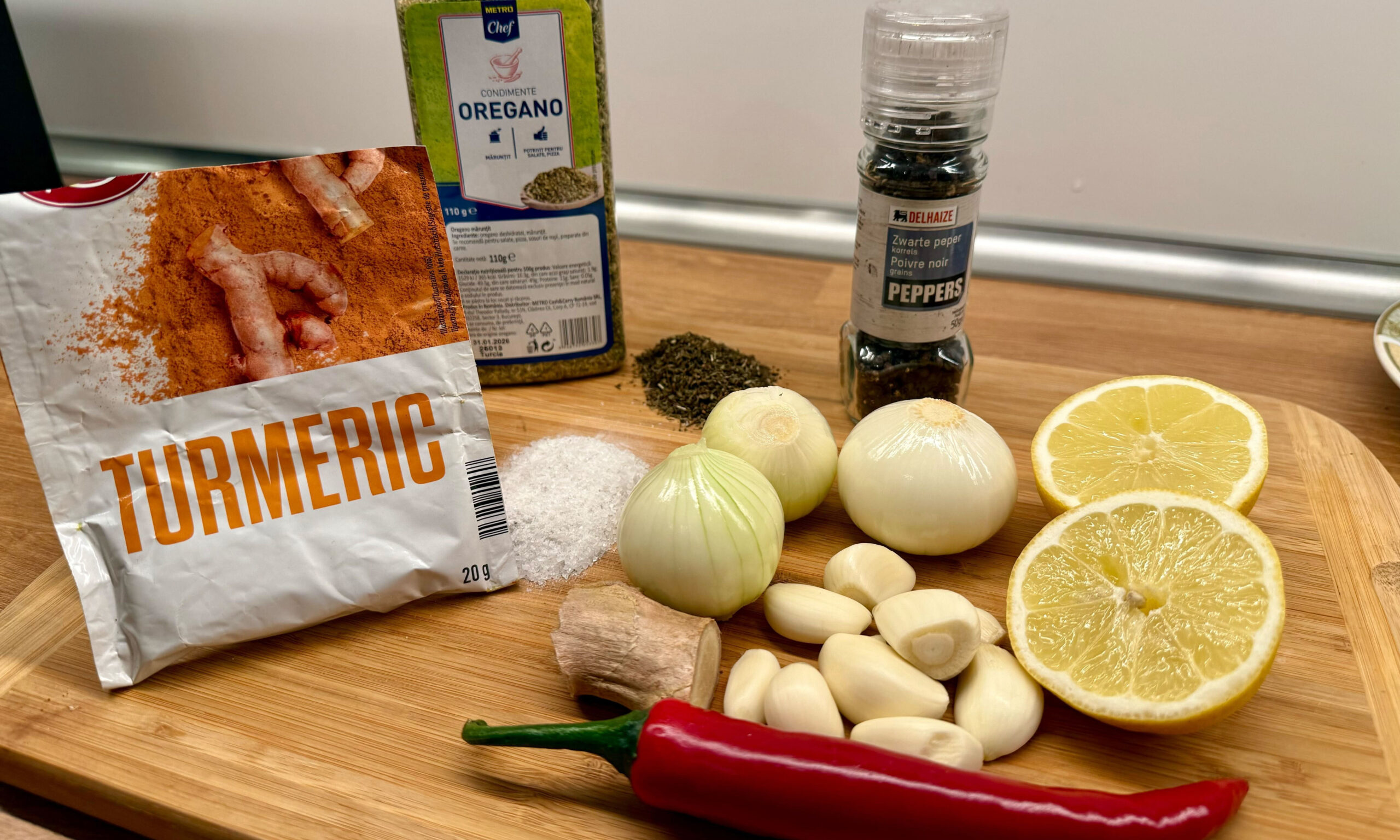

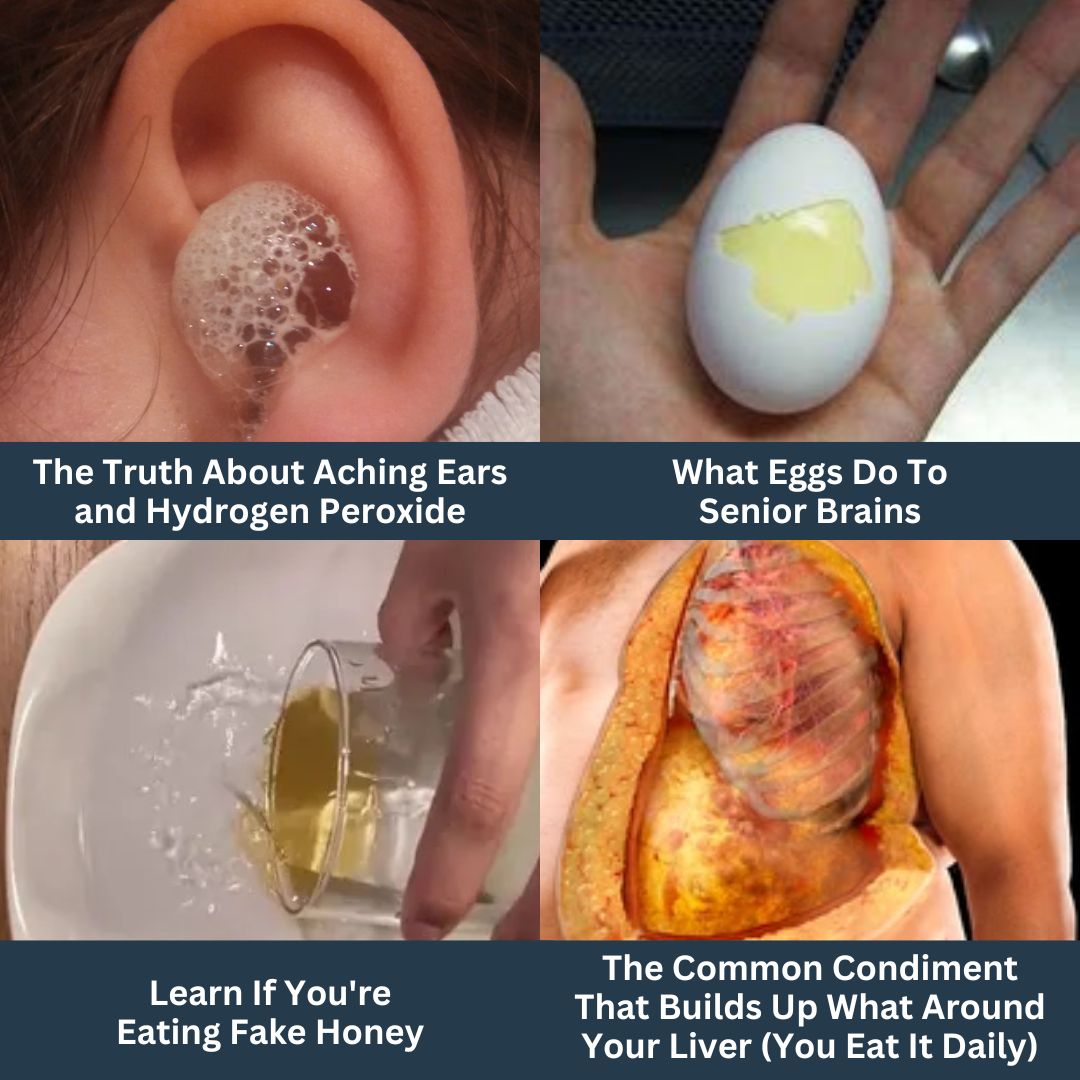
Outstanding information! Thanks.